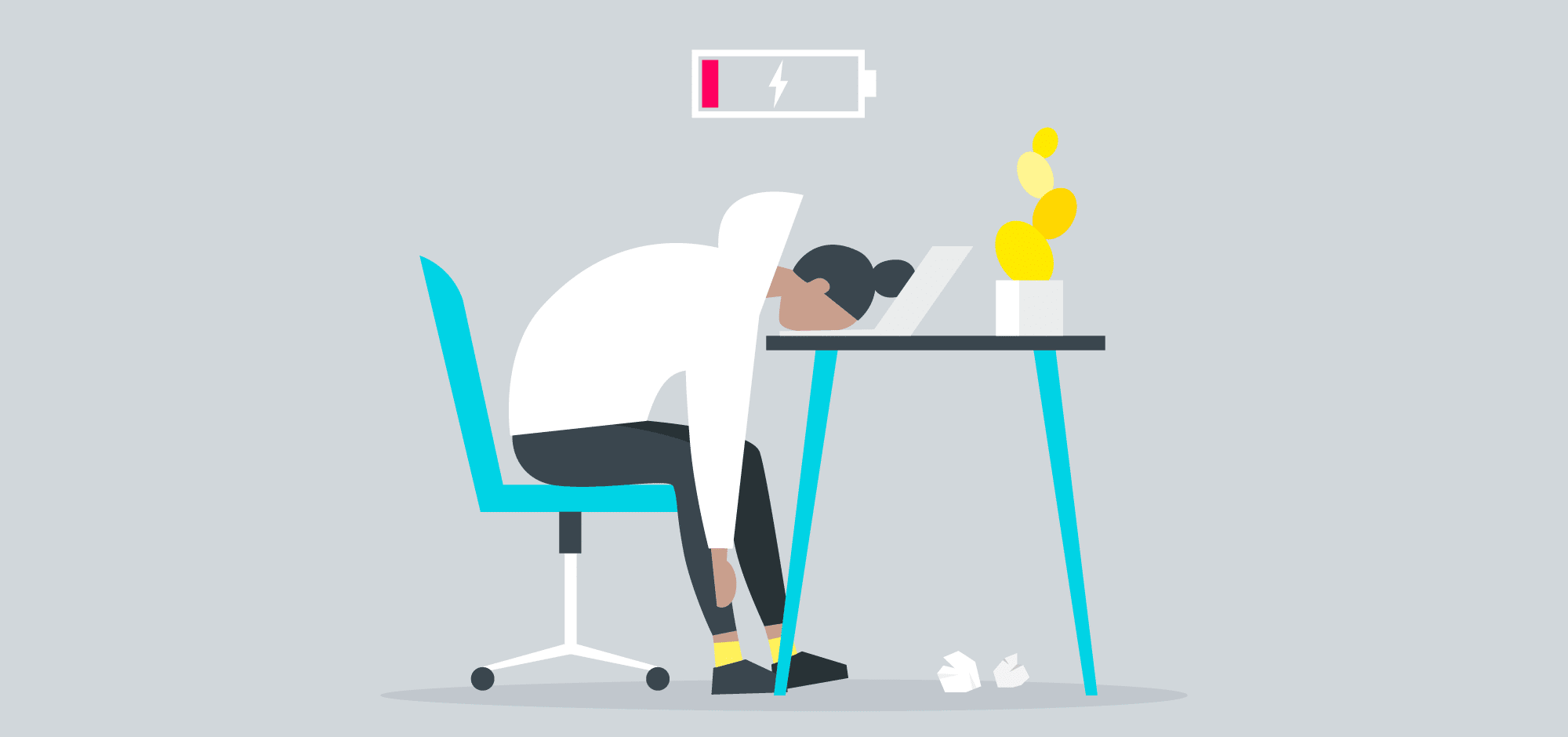- Kerkhoff Technologies
- Human Resources
- Dealing with Burnout
If you’re leading a team of people, it is important to recognize the connection between employee mental health and the overall well-being of your company. It is estimated that employee burnout is one of the top reasons for disengagement, absenteeism, and turnover. Just this year, the World Health Organization upgraded its assessment of the threats posed by burnout, and they indicate that burnout consists of a range of symptoms related to chronic stress.
It is important not only for leaders but for each employee to recognize the causes and signs of burnout, and to know what actions to take to prevent it. Our People team has come together to help our employees in these areas.

Causes:
- Not all burnout is work-related or caused by work overload. Often there are a variety of factors – often unseen – that contribute to a person’s overall health;
- Burnout is a gradual process. It doesn’t happen overnight, and it can often creep up on you;
- Burnout often stems from your standing at your work – anyone who feels overworked or undervalued is at risk of burnout;
- Lifestyle, eating habits, and personality traits can contribute to burnout; and
- Burnout is an undeniable sign that something important in your life is not working.
Sure signs someone might be experiencing burnout at work – the burnout mindset:
- Every day is a bad day;
- People at work are cynical or critical at work;
- People drag themselves to work and have trouble getting started;
- People find it hard to concentrate;
- People are exhausted all the time;
- People feel like nothing they do makes a difference or is appreciated;
- People are irritable or impatient with co-workers or clients;
- People’s sleep habits have changed, which results in arriving late or being unproductive during the day;
- People experience unexplained headaches or digestive problems; or
- People use food, drugs, or alcohol to feel better or simply not to feel.
Time to act:
If any of the above signs – or combinations of signs – is present, think about taking the following actions:
- Encourage open and authentic discussion of specific concerns;
- Turn to other people for support (external and/or 3rd party counselors or coaches);
- Work with people on mindset – to reframe the way they look at themselves and their work;
- Work with people to set boundaries (e.g. not overextending and learning to say “no”);
- Help people recognize their capacity – when does workload become overload?
- Help people take daily breaks from technology. Set a time each day to disconnect;
- For your employees and yourself, support a healthy lifestyle by encouraging a healthy diet;
- Make exercise a priority;
- Find ways to nourish your team’s creative side – a powerful antidote to burnout;
- Help people to understand and practice good sleep habits – 8 hours of sleep each night is still the standard; and
- Consider ways, through your health insurance provider, to offer people the maximum service to avoid burnout.
Burnout is not going away, and it will continue to be an issue as demands increase both at work and at home. It is our responsibility, as employers, to provide a work environment that not only helps people avoid burnout, but that fosters a healthy and vibrant atmosphere in which people can thrive.



